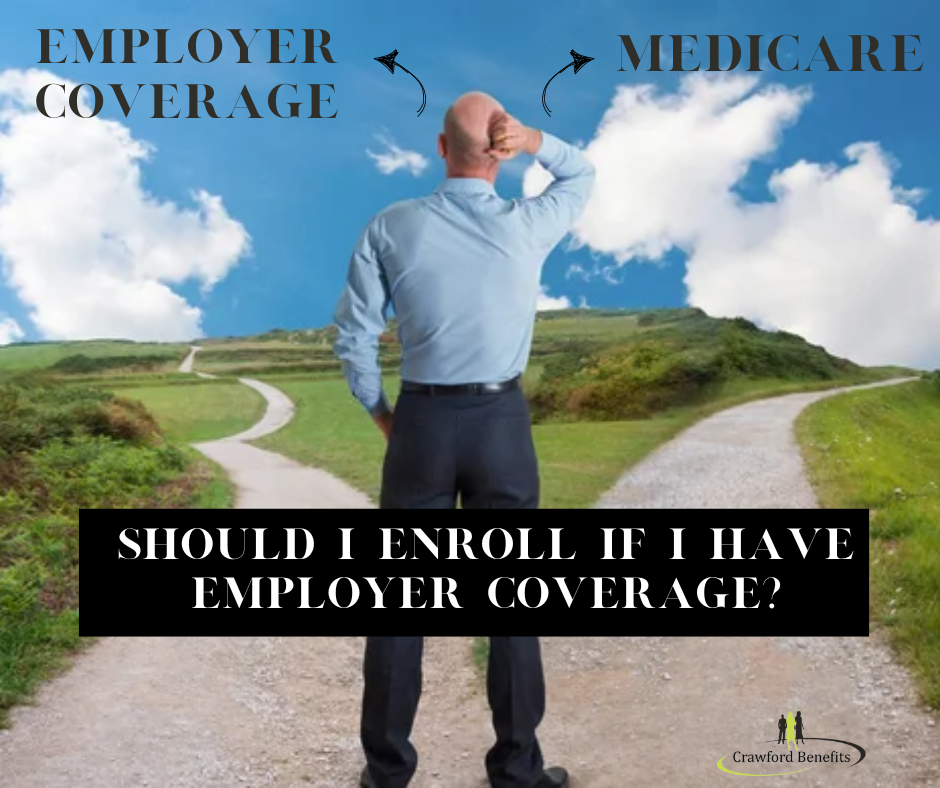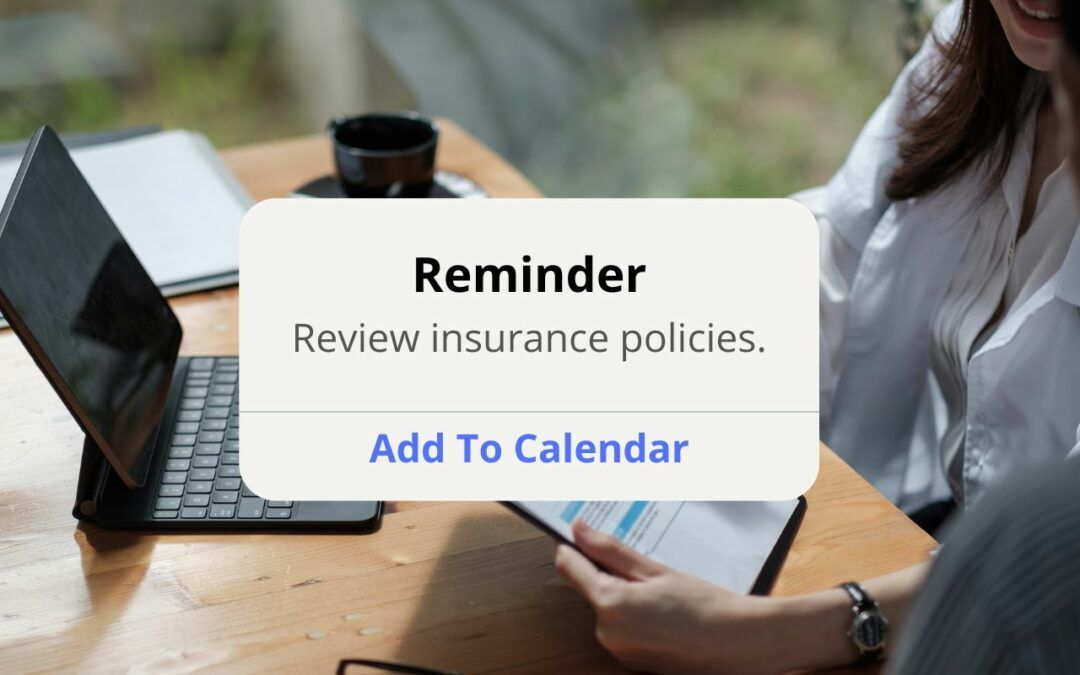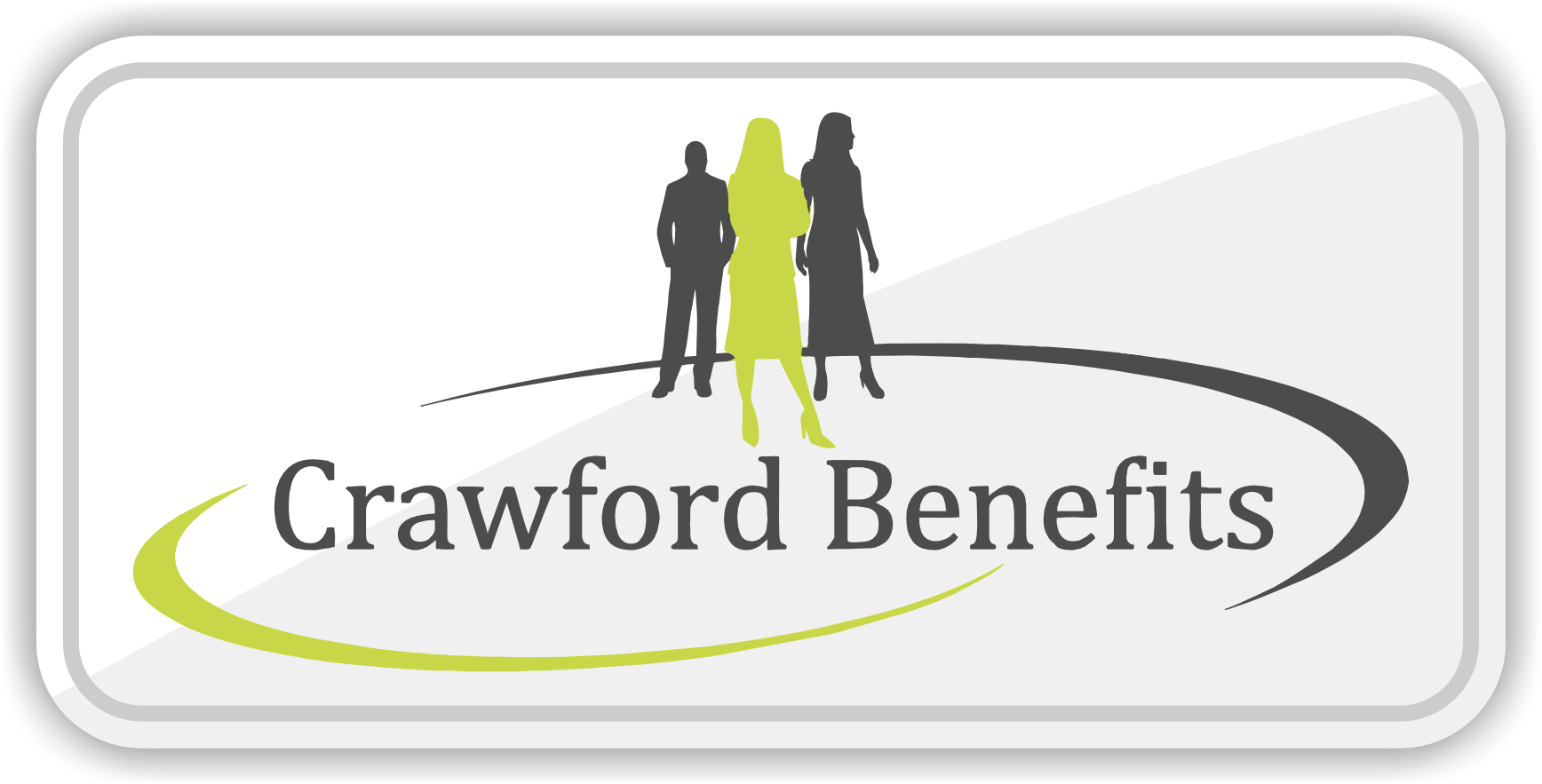What Does Enrolling In Medicare Look Like If I Have Employer Coverage?
What should you do?

What Does Enrolling in Medicare Look Like If I Have Employer Coverage?
Navigating Medicare while you have employer coverage can feel like a complex dance, but understanding the key steps can help you make informed decisions about your health care. Here's a comprehensive guide to help you understand what enrolling in Medicare entails when you already have coverage through your employer.
1. Understand the Basics of Medicare
Medicare is a federal health insurance program primarily for individuals who are 65 or older, though younger individuals with disabilities can also qualify. It consists of several parts:
- Part A: Hospital insurance
- Part B: Medical insurance
- Part C: Medicare Advantage (a private plan that combines Parts A, B and usually D benefits)
- Part D: Prescription drug coverage
2. Determine If You Need to Enroll
When you are enrolled in employer coverage by active employment, you may not need to enroll in Medicare right away. Here’s how to determine if you need to enroll:
- Size of the Employer: If your employer has 20 or more employees, your employer coverage is considered “creditable” compared to Medicare. This means you can delay enrolling in Medicare Part B without facing a late enrollment penalty.
- Insurance Plan Details: Review your current insurance plan. Ensure it provides good coverage and understand how it coordinates with Medicare.
3. Enrollment Periods
There are specific times when you can enroll in Medicare:
- Initial Enrollment Period (IEP): Begins three months before you turn 65, the month of your birthday, and 3 months following.
- Annual Enrollment Period (AEP): Runs from October 15 to December 7 each year, if you didn’t sign up during your IEP.
- Special Enrollment Period (SEP): Available if you have coverage through an employer, usually when you or your spouse stop working or lose the employer coverage.
4. Deciding Whether to Enroll in Part A and/or Part B
- Medicare Part A: Generally, it’s advisable to enroll in Part A when you turn 65, even if you have employer coverage. Most people qualify for premium-free Part A, which means it won’t cost you anything extra. Part A can serve as secondary insurance to your employer plan, potentially covering additional expenses.
- Medicare Part B: This is optional if you have employer coverage, but it’s worth considering. Part B has a monthly premium, and if your current plan is robust, you might choose to delay enrollment. If you delay, ensure you have documentation of creditable coverage to avoid late enrollment penalties.
5. Coordination of Benefits
When you’re covered by both Medicare and an employer plan, coordination of benefits determines which insurance pays first. Typically, your employer plan pays first if the employer has 20 or more employees. Medicare will pay secondary, potentially covering costs that your employer plan doesn’t. If you work for a group with less than 20 employees, your Medicare will be primary and the group coverage will be secondary.
6. Review Your Coverage Regularly
It’s important to regularly review your health care needs and coverage options. As you approach retirement or experience changes in your employment status, you’ll need to reassess your Medicare enrollment decisions. Ensure you’re aware of any changes in your employer coverage or Medicare regulations that might affect you.
7. Seek Professional Advice
Navigating Medicare with employer coverage can be intricate, and personal circumstances can greatly affect your choices. It’s often beneficial to consult with a benefits advisor, a Medicare specialist, or a financial planner who can help you make the best decisions based on your specific situation.
Conclusion
Enrolling in Medicare while having employer coverage doesn’t have to be daunting. By understanding the basics of Medicare, knowing your enrollment options, and coordinating benefits between Medicare and your employer plan, you can make informed choices that best suit your health care needs. Keep yourself updated on any changes and consider seeking professional advice to ensure your health coverage remains optimal as you approach retirement.



